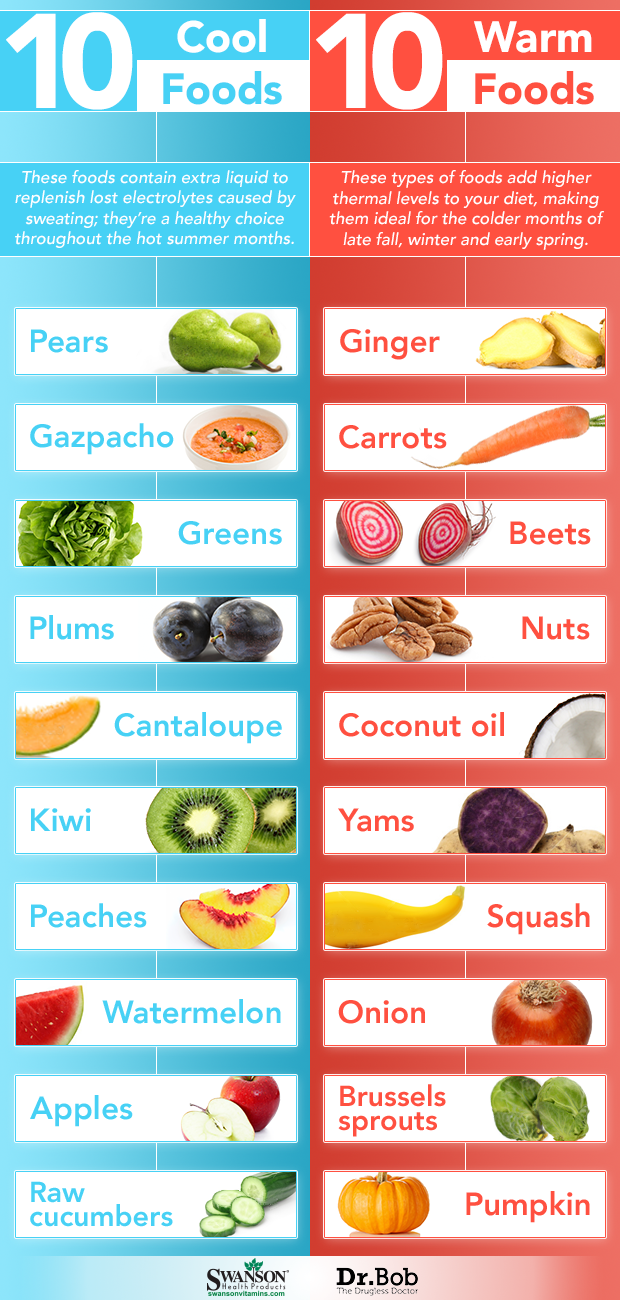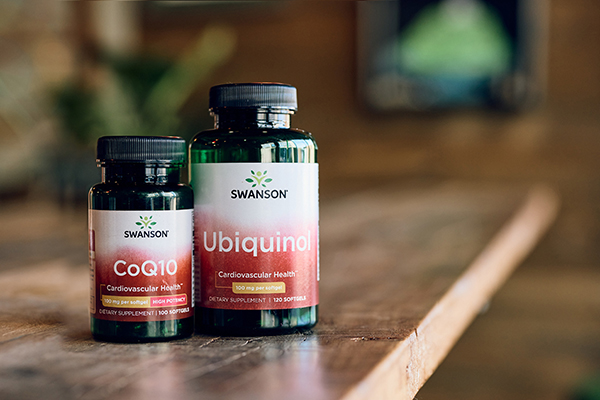Besides how you prepare a meal, do you think about whether a certain food will warm you up or cool you down? Well, there are foods that do exactly that.
Even though we are in the middle of summer, I suggest avoiding “cooling” foods during the winter if you live above the Mason-Dixon line, which runs across the US under Pennsylvania. I also do not recommend eating citrus during winter. Once I was speaking to my colon therapist during a colonic (that’s another blog post), and she said from her experience, individuals who eat citrus (oranges, grapefruit, tangerines, etc), either juice or flesh, have mucus in their colon when the temperature is lower than 60 degrees Fahrenheit.
However, citrus is a food that cools your body down. If you choose to eat citrus, you want to eat or drink their juice when it is hot (now). Cucumbers and tomatoes are other foods that cool the body down.
“Warm” foods are root vegetables that are grown below the surface like beets, sweet potatoes, and turnips. When it gets cold, I often make a vegetable-based stew with these vegetables with a beef or chicken broth. Lastly, nuts warm the body because their digestion process is slower, which creates heat.

10 “Cool” Foods:
- Raw cucumbers – Excellent source of potassium, thinly sliced pieces with meals replaces water with a meal, supporting digestion.
- Pears – One of the three healthiest fruits (pears, plums and apples) with the least amount of stress to the adrenal gland and pancreas, add sliced pears to salads.
- Plums – A juicy treat on a hot sunny afternoon, the purple also adds a boost of healthy resveratrol, the immune booster found in grape skin.
- Apples – A dense fruit loaded with minerals to assist in rehydration; apples also have one of the best anti-oxidation properties.
- Watermelon – A sweet fruit similar in properties to cucumbers, an excellent source of potassium; be aware watermelon can create left neck and mid back pain when several slices are eaten.
- Kiwi – An excellent source of vitamin C and fiber. It has enzymes, which means that it can be added to a meal with proteins.
- Greens – Any green (romaine, kale, Swiss chard) can be used in a salad or side dish; greens are loaded with water.
- Cantaloupe – Has a large amount of water, helping you stay hydrated in the high temperatures. Cantaloupe is very low in calories and high in potassium.
- Peaches – A very sweet fruit with plenty of water to rehydrate; be aware peaches can cause left neck and mid back pain because of the natural sweetness.
- Gazpacho – Chilled soup made with ripe, uncooked tomatoes, cucumber, bell pepper, celery and onion.
10 “Warm” Foods:
- Ginger – A very potent root that warms the entire digestive system.
- Onion – Onions can be used as a base in a soup with plenty of flavor.
- Squash – Baked squash with butter is slowly digested.
- Nuts – Slow moving and “burning."
- Coconut Oil – Assists the body in creating optimal hormone function and slowly traveling through the digestive tract.
- Carrots – A root vegetable that promotes heat in the digestive process.
- Beets – A root that can be used in a variety of casseroles, stews and borscht.
- Yams – A root-type veggie that can be baked and slowly digested.
- Brussels sprouts – Cruciferous veggies that can be heated with olive oil and mushrooms, with a slow digestive time.
- Pumpkin – A large squash that can be baked and pureed, making it a foundation warm food; sprinkle cinnamon to add additional warming.




